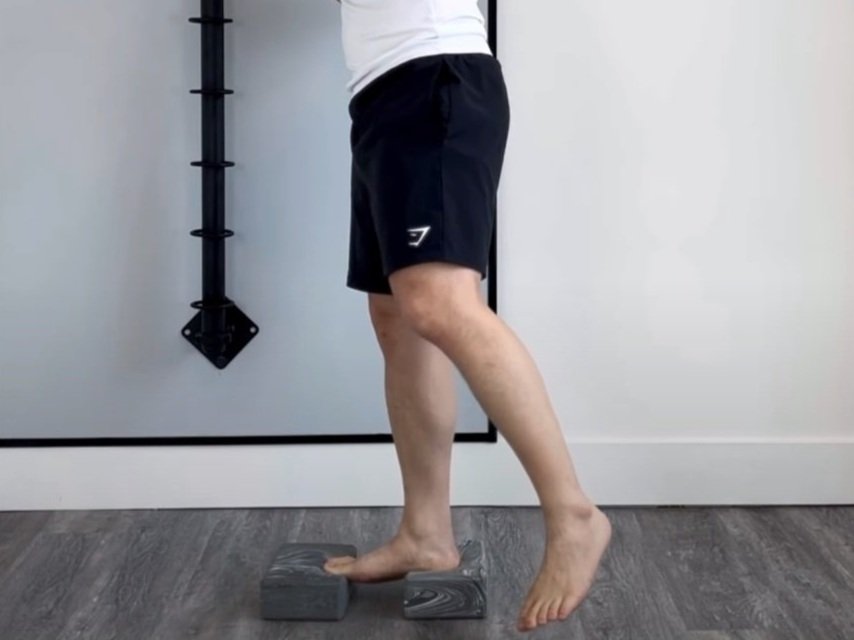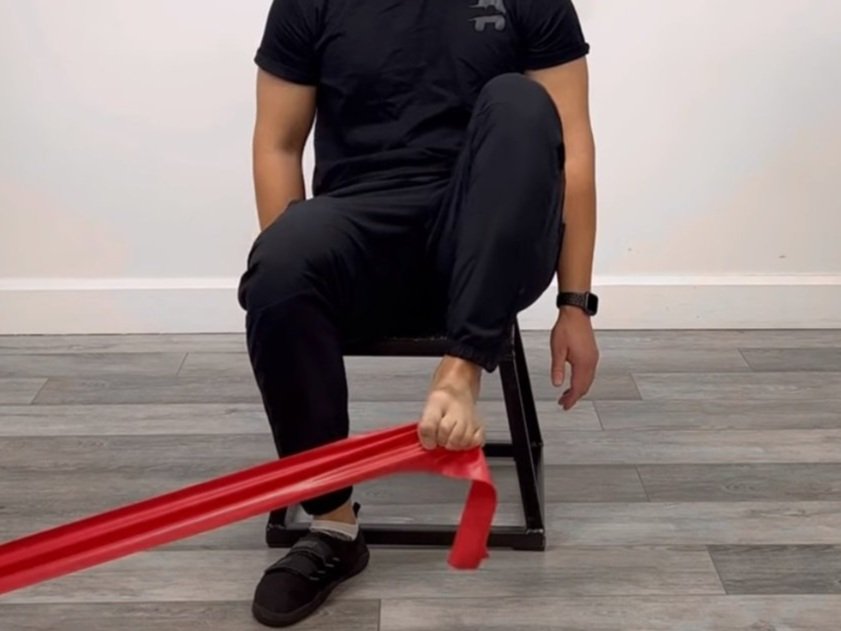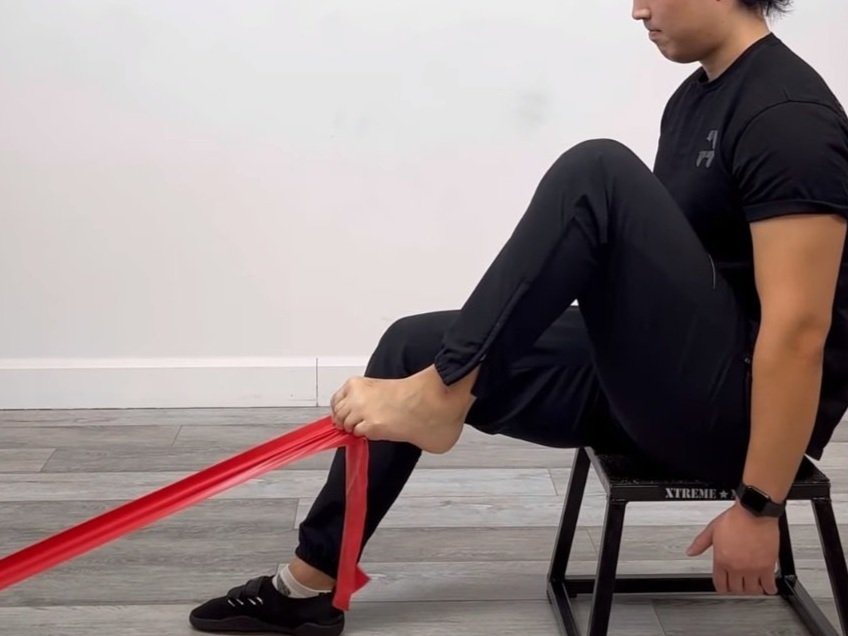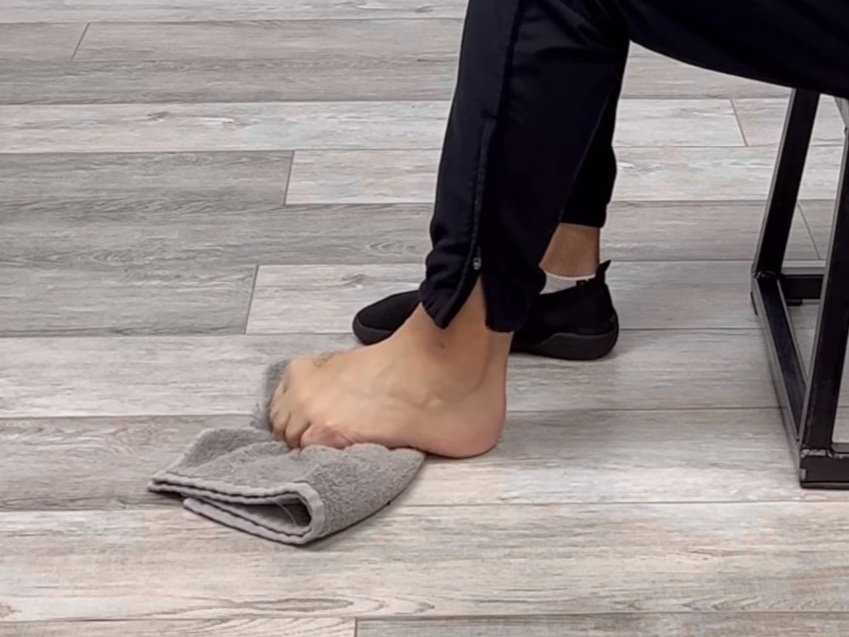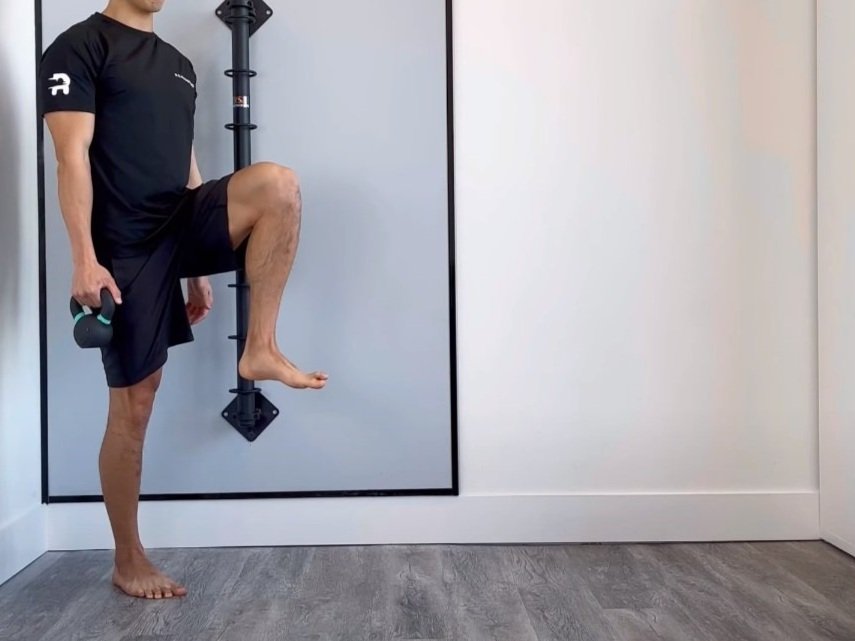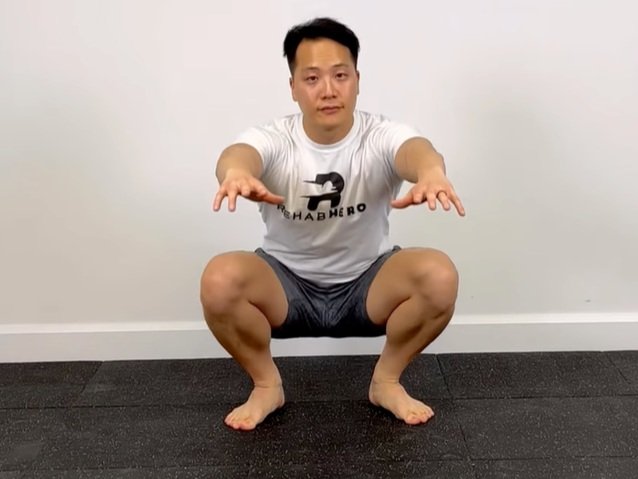Stress Fracture
What Is A Stress Fracture?
Learn about stress fractures and where they commonly occur
What are the different types of stress fractures?
A stress fracture is a repetitive strain injury in healthy or unhealthy bones. This type of fracture usually in lower extremities and is often related to overactivity in high floor impact sports (such as tennis). A stress fracture occurs with bony microtrauma due to repetitive submaximal loading
Often the type of stress fracture that young athletes tend to experience are called fatigue fractures, which is a fracture that occurs with repetitive or excessive stress on healthy bones. A fatigue fracture is considered an uncommon injury with it being responsible for only 1% of all athletic injuries. It is most common in athletes or military recruits who do repetitive and high impact activities (March Fractures). There is a strong association with previous stress fracture or female sex.
This differs from pathological or insufficiency fractures which are fractures that occur in unhealthy bones. Here, normal stresses of daily activities on unhealthy bones can cause a bone to fracture due to metabolic bone diseases or osteoporosis.
What are the grades of Stress Fractures?
There are four grades of stress fractures (Grades I-IV). Stress fractures require a bone scan to be appropriately diagnosed. Here is some general information on how they can appear on diagnostic images:
I - Normal x-ray
Mild unicortical uptake on bone scan
Positive short T1 inversion recovery (STIR) on MRI
II - Normal x-ray
Moderate unicortical uptake on bone scan
Positive STIR and T2 images on MRI
III - Discrete line on x-ray
Activity of 50% of bone width on bone scan
Positive T1 and T2 weighted images on MRI
IV - Fracture or Periosteal reaction on x-ray
Bicortical uptake on bone scan
Fracture line on MRI
What are the most common sites of fracture in the foot?
The metatarsals, calcaneus, and navicular bones are most common sites for fatigue fractures.
In soldiers, men most commonly get them in the metatarsals, and women most commonly get them in the calcaneus
In sports clinics they are most commonly found in the metatarsals (23%), followed by the tibia, the fibula, and navicular bones
In elite tennis players the navicular and metatarsals are the most common locations of injury
What do stress fractures feel like?
Stress fractures gradually worsens over time, and starts earlier during physical activity, and eventually progresses to occur in regular activities. Depending on the site of the stress fracture the pain will present in different locations. Examples include:
Navicular fractures - dorsal midfoot pain, or pain along medial longitudinal arch
Metatarsals fractures - forefoot or midfoot pain, with 5th being lateral foot
Calcaneus fractures - heel pain
Talus fractures - ankle or heel pain
Medial malleolus fractures - medial ankle pain
Sesamoid fractures - forefoot pain worse with forced dorsiflexion
Cuneiform fractures - heel and midfoot pain
Do fatigue fractures occur due to excessive walking?
It is unlikely for fatigue fractures to occur with walking, studies show that only 3.5% of ultramarathon runners developed stress fractures (out of 1,212 people). It is more so associated in speed sports since there is a high incidence in those running fast.
What type of foot is more likely to fracture?
Depending on your foot orientation, you are more likely to experience fractures in one locations compared to the other:
Navicular Fractures more commonly occur with:
Pes cavus (high arch)
Limited dorsiflexion
Restricted subtalar motion
Short first metatarsal
Long second metatarsal
Metatarsus adductus
Metatarsal Fractures more commonly occur with:
Ankle and hindfoot varus
Forefoot supination
Metatarsus adductus
Pes planus
Pes cavus (for 5th metatarsal)
What type of treatments work for stress fractures?
The primary course of action with stress fractures is rest from aggravating activities. This rest period is used to allow for the bone to heal without re-injuring the bones with repetitive microtrauma.
During this rest period a course of conservative treatment through physiotherapy or chiropractic can be completed to correct biomechanical deficits that may be related to your injury. It will be important to address any of the aforementioned limitations through corrective exercises. Exercises prescribed by your physiotherapist or chiropractor may include ankle joint mobility, muscular strengthening, or gait control exercises.
Adjunct therapies such as massage therapy can be completed to reduce associated symptoms in surrounding muscles or joints. Massage techniques such as myofascial release, deep tissue, or sports massage may be applied to improve biomechanics and tissue compliance.
You can book in an appointment with a Rehab Hero therapist by using the button below:













